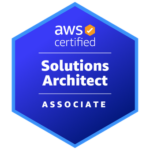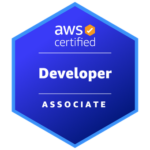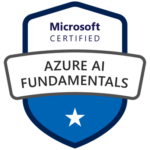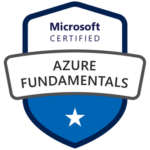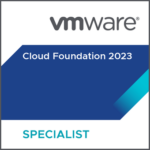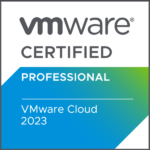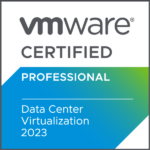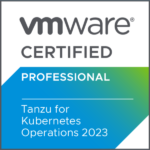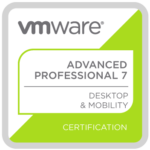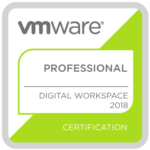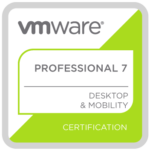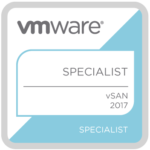As AI adoption becomes a strategic priority across nearly every industry, enterprises are discovering that scaling these workloads isn’t as simple as adding more GPUs to their cloud bill. Public cloud platforms like AWS and Azure offer extensive AI infrastructure, but many organizations are now facing steep costs, unpredictable pricing models, and growing concerns about data sovereignty, compliance, long-term scalability, and operational complexity. There are also physical challenges: most enterprise data centers were never designed for the high power, cooling, and interconnect demands of AI infrastructure.
A typical GPU rack can draw between 40 and 100 kW, far beyond the 5-10 kW that traditional racks can handle. Retrofitting a legacy data center to support such density requires high-density power delivery, advanced cooling, reinforced flooring, low-latency networking, and highly parallel storage systems. The investment often ranges from $4-8M per megawatt for retrofits and up to $15M for greenfield builds. Even with this capital outlay, organizations still face integration complexity, deployment delays, and fragmented operations.
This creates a challenging question: how can enterprises gain the agility, scale, and services of the public cloud for AI, without incurring its spiraling costs or rebuilding their entire infrastructure?
Oracle Cloud Infrastructure (OCI) Dedicated Region presents a compelling answer. It delivers the full OCI public cloud experience, including GPU compute, AI services, and cloud-native tooling, within your own data center. Oracle operates and manages the region, while you maintain full control. The result: public cloud performance and capabilities, delivered on-premises, without the compromises.
The Infrastructure Challenge of AI at Scale
AI workloads are no longer experimental, they are driving real business impact. Whether it’s training foundation models, deploying LLMs, or powering advanced search capabilities, these workloads require specialized infrastructure.
Unlike traditional enterprise IT, AI workloads place massive demands on power density, cooling, networking, and storage. GPU racks housing Nvidia H100 or A100 units can exceed 100 kW. Air cooling becomes ineffective, and liquid or hybrid cooling systems become essential. High-throughput, low-latency networks like 100/400 Gbps Ethernet or InfiniBand, are needed to connect compute clusters efficiently. AI workloads also rely heavily on large datasets and require high-bandwidth storage located close to compute.
In many enterprise data centers, this level of performance is simply out of reach. The facilities can’t provide the power or cooling, the racks can’t carry the weight, and the legacy networks can’t keep up.
The High Cost of Retrofitting for AI
For organizations considering bringing AI workloads back on-premises to manage costs, retrofitting is often seen as the obvious next step. But it rarely delivers the value expected.
Upgrading power infrastructure alone demands new transformers, PDUs, backup systems, and complex energy management. Cooling must shift from traditional air-based systems to liquid-based cooling loops or immersion techniques, requiring structural and spatial changes. Enterprise-grade racks are often too lightweight or densely packed for GPU servers, which can weigh over a ton each. Existing data center floors may need reinforcement.
Meanwhile, storage and networking systems must evolve to support I/O-intensive workloads. Parallel file systems, NVMe arrays, and tightly coupled fabrics are all essential, but rarely available in legacy environments. On top of that, most traditional data centers lack the cloud-native software stack needed for orchestration, security, observability, and automation.
Retrofits cost between $4-8M per megawatt. A greenfield build costs $11-15M per megawatt. These figures exclude operational overhead, integration timelines, training, and change management. For many, this is a non-starter.
OCI Dedicated Region – A True Public Cloud in Your Data Center
OCI Dedicated Region sidesteps these challenges. Oracle delivers a complete public cloud region, fully managed and operated by Oracle, inside your own facility. You get all the same infrastructure, services, and APIs as OCI’s public regions, with no loss of capability.
This includes GPU-accelerated compute (think of any Nvidia GPU), AI Services (like Data Science, Generative AI, and Vector Search), high-performance block and object storage, Oracle Autonomous Database, Exadata, analytics, low-latency networking, and full DevOps toolchains.
You also benefit from service mesh, load balancing, Kubernetes (OKE), serverless, observability, and zero-trust security services. From a developer perspective, it’s the same OCI experience – tools, SDKs, Terraform modules, and management consoles all work identically.
Importantly, data locality and sovereignty remain fully under your control. You manage access policies, audit trails, physical security, and compliance workflows.
Shifting from Capital Investment to Operational Efficiency
OCI Dedicated Region transforms infrastructure investment into an operating model. Rather than pouring capital into facilities, power systems, and integration, enterprises consume cloud resources on a predictable subscription basis. This eliminates hidden costs. No GPU spot market pricing, no surprise egress fees, no peak-hour surcharges.
Deployment is significantly faster compared to building or retrofitting infrastructure. Oracle delivers the region as a turnkey service, with pre-integrated compute, storage, AI, networking, and security. This minimizes integration complexity and accelerates time to value.
Operations are also simplified. OCI Dedicated Region maintains service parity with public OCI, which means your teams don’t need to adapt to different environments for hybrid or multi-cloud strategies. Everything runs on a consistent stack, which reduces friction and operational risk.
This model is particularly well-suited to highly regulated industries that require absolute control over data and infrastructure without losing access to modern AI tools.
Built for the Future of AI
OCI Dedicated Region supports a broad range of next-generation AI architectures and operational models. It enables federated AI, edge inference, and hybrid deployment strategies, allowing enterprises to place workloads where they make the most sense, without sacrificing consistency.
For instance, organizations can run real-time inference close to data sources at the edge (for example with Oracle Compute Cloud@Customer connected to your OCI Dedicated Region), while managing training and orchestration centrally. Workloads can burst into the public cloud when needed, leveraging OCI’s public regions without migrating entire stacks. Container-based scaling through Kubernetes ensures policy-driven elasticity and workload portability.
As power and cooling demands continue to rise, most enterprise data centers will be unable to keep the pace. OCI Dedicated Region is designed to absorb these demands, both technically and operationally.
Conclusion – Cloud Economics and Control Without Compromise
AI is quickly becoming a core part of enterprise infrastructure, and it’s exposing the limitations of both traditional data centers and conventional cloud models. Public cloud offers scale and agility, but often at unsustainable cost. On-prem retrofits are slow, expensive, and hard to manage.
OCI Dedicated Region offers a balanced alternative. It provides a complete cloud experience, GPU-ready and AI-optimized, within your own facility. You get the innovation, scale, and flexibility of public cloud, without losing control over data, compliance, or budget.
If your cloud bills are climbing and your infrastructure can’t keep up with the pace of AI innovation, OCI Dedicated Region is worth a serious look.















